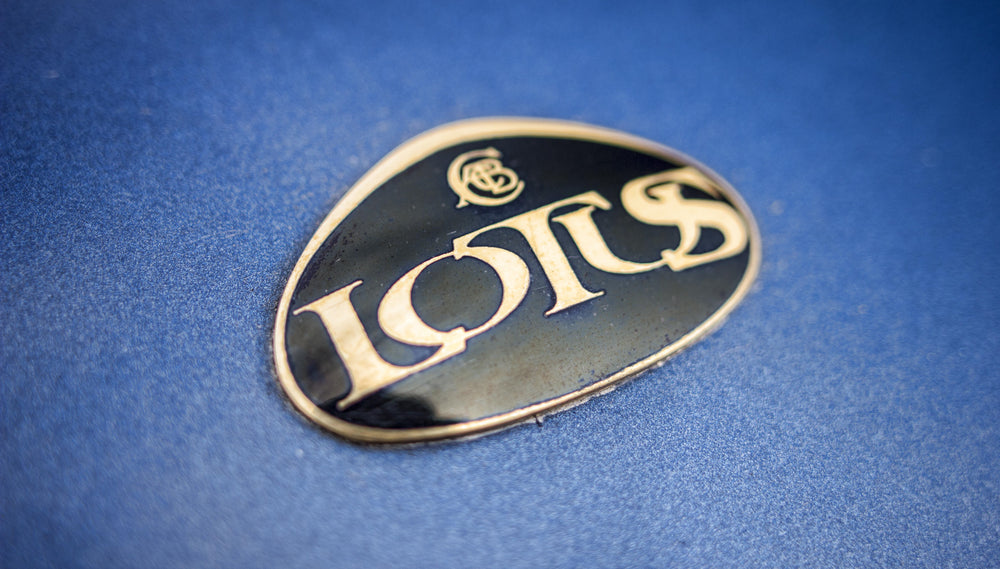
It was the James Bond car that went “Boom” after enjoying one measly minute on the silver screen in For Your Eyes Only before being quickly replaced by a Citroen 2CV. What a glorious career start.
Despite looking like what a seven year old might come up with when asked to draw a fast car, the S3 was originally designed by Giugiaro and was its last incarnation before its redesign in 1987. But this particular Esprit, in spite of a very low mileage, has seen some action. It was more of a slumdog than a garage queen. Left untouched, under the sun for years, the low quality leather of the dashboard was left to burn, day after day. When I first saw the car and noticed how dirty it was despite its low mileage, I felt my heart breaking. I wanted to give it a big hug and whisper into its vents that everything would be alright and that she’d get to see her Japanese touges again.
Luckily the work required was mostly cosmetic and thanks to Japanese weather the chassis rust was non-existent. After a massive clean-up and an oil change, the engine started perfectly, which was a bit surprising for something handmade in the UK during the 80’s... Over the next couple of weeks, the fluids were replaced, the AC was refilled and the sun-burnt dashboard leather was replaced. Finally we were go to go for a first stress test-drive.


When you first sit behind the wheel, the S3 doesn’t strike you as being a car that was once worth $115,000 in today’s money. It's got gaps everywhere, the air vents look like they were pushed into the metal, the seats are so narrow it leaves you thinking they were built for Carole Bouquet and not Roger Moore and it's got gauges that could have come straight from the 1981 Renault catalogue of soulless, hard black plastic fittings.
But once you stop focusing on minor details and start looking through the windshield, all those inner voices and guffaws at British manufacturing suddenly disappear. Holy shit, you're behind the wheel of a supercar. Everything is oriented toward the driving experience. You’re sitting low, brake and gas pedals are ideally positioned. The clutch is light but not too light and the steering wheel doesn’t feel like those bulky modern things that people still use to turn right or left. You’re a rock star.
My first cold start went well. The Dell’Orto carburetors fed the 210hp/200lb.ft inline 4 engine in a couple of tries. I was quickly reminded that I was living in Japan and that the car is sub-optimal in terms of width for this country. These roads are tight. People look at you like you’re some alien from outer space. But at least the car is easy to drive slowly and doesn't jump around in first gear. You don’t look like a complete rookie crawling along in traffic, like you would if you were sweltering in the heat like you might in some V12 supercars from this car's period.
Of course it's outside the city where the car really get to shine. It’s nimble, the steering is very responsive, with no deadzone like in most (all?) regular 80’s vehicles. It jumps from corner to corner with quite an incredible agility for a car built by the same people who couldn’t be bothered to pre-drill body panels before screwing them together. The gearbox, however, which comes straight out of a Citroen SM was not in great condition, and I suspect that the 2nd gear synchro won’t see many more days.
Once you start pushing it a little, you're reminded of the lack of limited slip differential as the rear suddenly snaps from under you. Anything over a few degrees of slip angle on a corner exit and you’ll be introducing yourself to the nearest tree. Nonetheless, the car has a very neutral behavior. You won’t find yourself fighting with the steering like a maniac unless you really want to. The turbo lag is progressive for a car of this era and doesn’t catch you by surprise like, for example, a R5 Turbo would. This is helpful when for avoiding sticky ends.



Overall, I truly think this is one of the most underrated cars ever produced. It’s hard to believe you could buy these for $5-10,000 just 5 years ago. When driving it, I couldn’t help but have a little thought for the base model 1991-1995 NSX which didn't have a working clutch plate LSD (Where's my flame suit?). The Lotus Esprit Turbo S3 is better.
There, I've said it. And I'll say it again. The Lotus Esprit Turbo S3 is better.
Sure it will fall apart in no time and the build quality is not even comparable, but the driving experience? Both cars are just as sketchy over the limit but the Lotus is 550 lbs lighter, making it nimbler at lower speeds. When the NSX produces this fairly typical German saloon-car type of acceleration, the Lotus gets you with turbo boost, carburetors gurgling and waste-gate noises. When the NSX makes you think about what you could do in order to gain that extra 0.3s at your local autocross event, the Lotus wants you to stop snorting coke and come back to your garage to find what relay is failing again. And once you've fixed it, you’ll want to drive it in a way that'll mean something else will break in no time. And you'll give zero fucks about lap times.
The Lotus really is that good… when it works.





















































